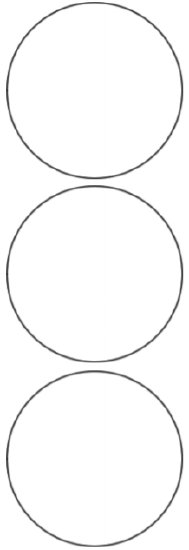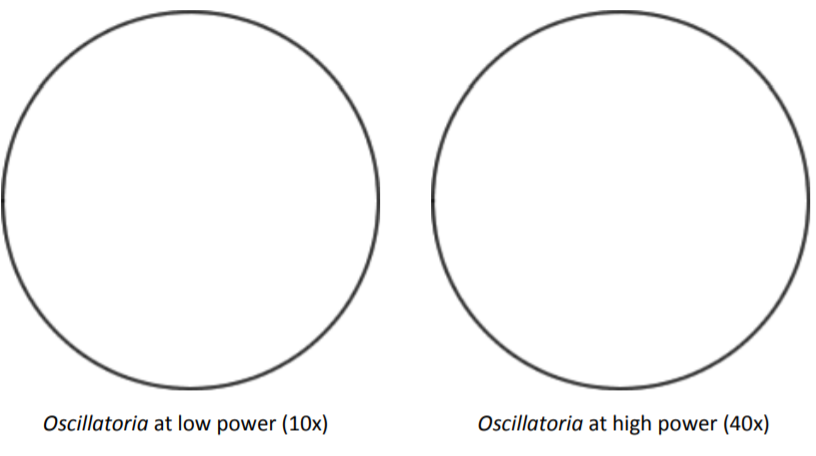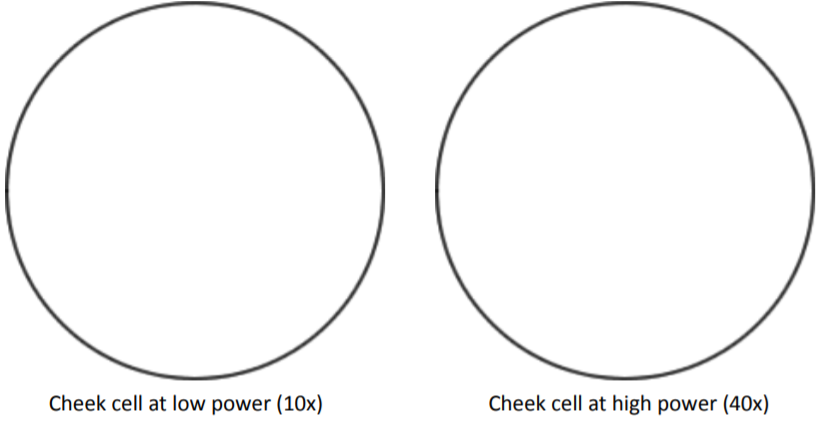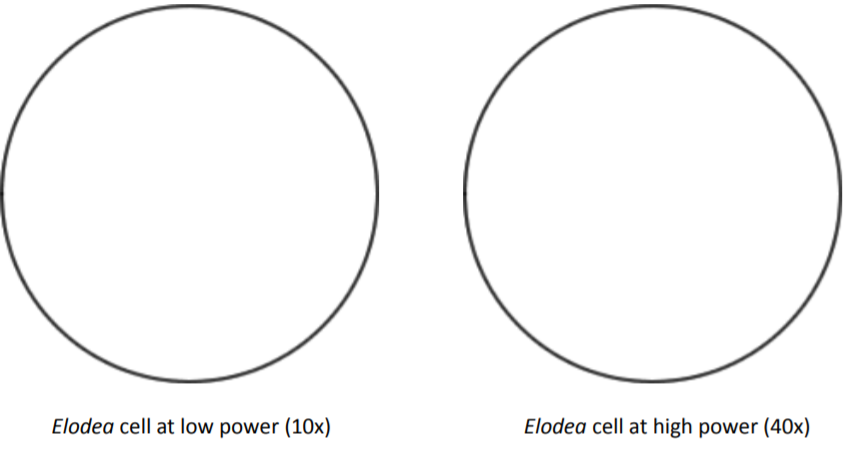7.3: Lab Report
- Page ID
- 105823
\( \newcommand{\vecs}[1]{\overset { \scriptstyle \rightharpoonup} {\mathbf{#1}} } \)
\( \newcommand{\vecd}[1]{\overset{-\!-\!\rightharpoonup}{\vphantom{a}\smash {#1}}} \)
\( \newcommand{\id}{\mathrm{id}}\) \( \newcommand{\Span}{\mathrm{span}}\)
( \newcommand{\kernel}{\mathrm{null}\,}\) \( \newcommand{\range}{\mathrm{range}\,}\)
\( \newcommand{\RealPart}{\mathrm{Re}}\) \( \newcommand{\ImaginaryPart}{\mathrm{Im}}\)
\( \newcommand{\Argument}{\mathrm{Arg}}\) \( \newcommand{\norm}[1]{\| #1 \|}\)
\( \newcommand{\inner}[2]{\langle #1, #2 \rangle}\)
\( \newcommand{\Span}{\mathrm{span}}\)
\( \newcommand{\id}{\mathrm{id}}\)
\( \newcommand{\Span}{\mathrm{span}}\)
\( \newcommand{\kernel}{\mathrm{null}\,}\)
\( \newcommand{\range}{\mathrm{range}\,}\)
\( \newcommand{\RealPart}{\mathrm{Re}}\)
\( \newcommand{\ImaginaryPart}{\mathrm{Im}}\)
\( \newcommand{\Argument}{\mathrm{Arg}}\)
\( \newcommand{\norm}[1]{\| #1 \|}\)
\( \newcommand{\inner}[2]{\langle #1, #2 \rangle}\)
\( \newcommand{\Span}{\mathrm{span}}\) \( \newcommand{\AA}{\unicode[.8,0]{x212B}}\)
\( \newcommand{\vectorA}[1]{\vec{#1}} % arrow\)
\( \newcommand{\vectorAt}[1]{\vec{\text{#1}}} % arrow\)
\( \newcommand{\vectorB}[1]{\overset { \scriptstyle \rightharpoonup} {\mathbf{#1}} } \)
\( \newcommand{\vectorC}[1]{\textbf{#1}} \)
\( \newcommand{\vectorD}[1]{\overrightarrow{#1}} \)
\( \newcommand{\vectorDt}[1]{\overrightarrow{\text{#1}}} \)
\( \newcommand{\vectE}[1]{\overset{-\!-\!\rightharpoonup}{\vphantom{a}\smash{\mathbf {#1}}}} \)
\( \newcommand{\vecs}[1]{\overset { \scriptstyle \rightharpoonup} {\mathbf{#1}} } \)
\( \newcommand{\vecd}[1]{\overset{-\!-\!\rightharpoonup}{\vphantom{a}\smash {#1}}} \)
Part 1: Bacterial Cells 
A. Fixed Slide of Bacterial Types
Draw each of the bacterial shapes in the spaces at right. Label each drawing.
B. Wet Mount of Oscillatora
Sketch the bacteria at low and high power. Label the cytoplasm and cell wall of a single cell. Draw your cells to scale.

Questions:
1. Why are nuclei not visible within the cells viewed?
2. The common name for species like Oscillatoria is blue-green algae. This group of bacteria is capable of photosynthesizing. Do they contain chloroplasts? Explain.
Part 2: Animal Cells
Procedure:
Sketch the cell at low and high power. Label the nucleus, cytoplasm, and cell membrane of a single cell. Draw your cells to scale.

Questions:
1. Why is methylene blue added?
2. The light microscope used in the lab is not powerful enough to view other organelles in the cheek cell.
a. What parts of the cell were visible?
b. List 2 organelles that were NOT visible but should have been in the cheek cell.
3. Is the cheek cell a eukaryote or prokaryote? How do you know?
4. Keeping in mind that the mouth is the first site of chemical digestion in a human. Your saliva starts the process of breaking down the food you eat. Keeping this in mind, what organelle do you think would be numerous inside the cells of your mouth? Explain.
Procedure:
A. Wet Mount of an Onion Cell
Sketch the cell at low and high power. Label the nucleus, cytoplasm, and cell wall of a single cell. Draw your cells to scale.

B. Wet Mount of an Elodea Leaf Cell
Sketch the cell at low and high power. Label the chloroplasts, cytoplasm, and cell wall of a single cell. The nucleus may be visible as well—it will be a large, clear figure. Draw your cells to scale.

Questions:
1. Describe the shape and the location of chloroplasts.
2. Were chloroplasts observed in the onion cells? Why or why not?
3. “Animal cells have mitochondria; plant cells have chloroplasts.” Is this statement true or false? Explain.
4. Fill out the Venn diagram below to show the differences and similarities between the onion cells and the Elodea cells.


